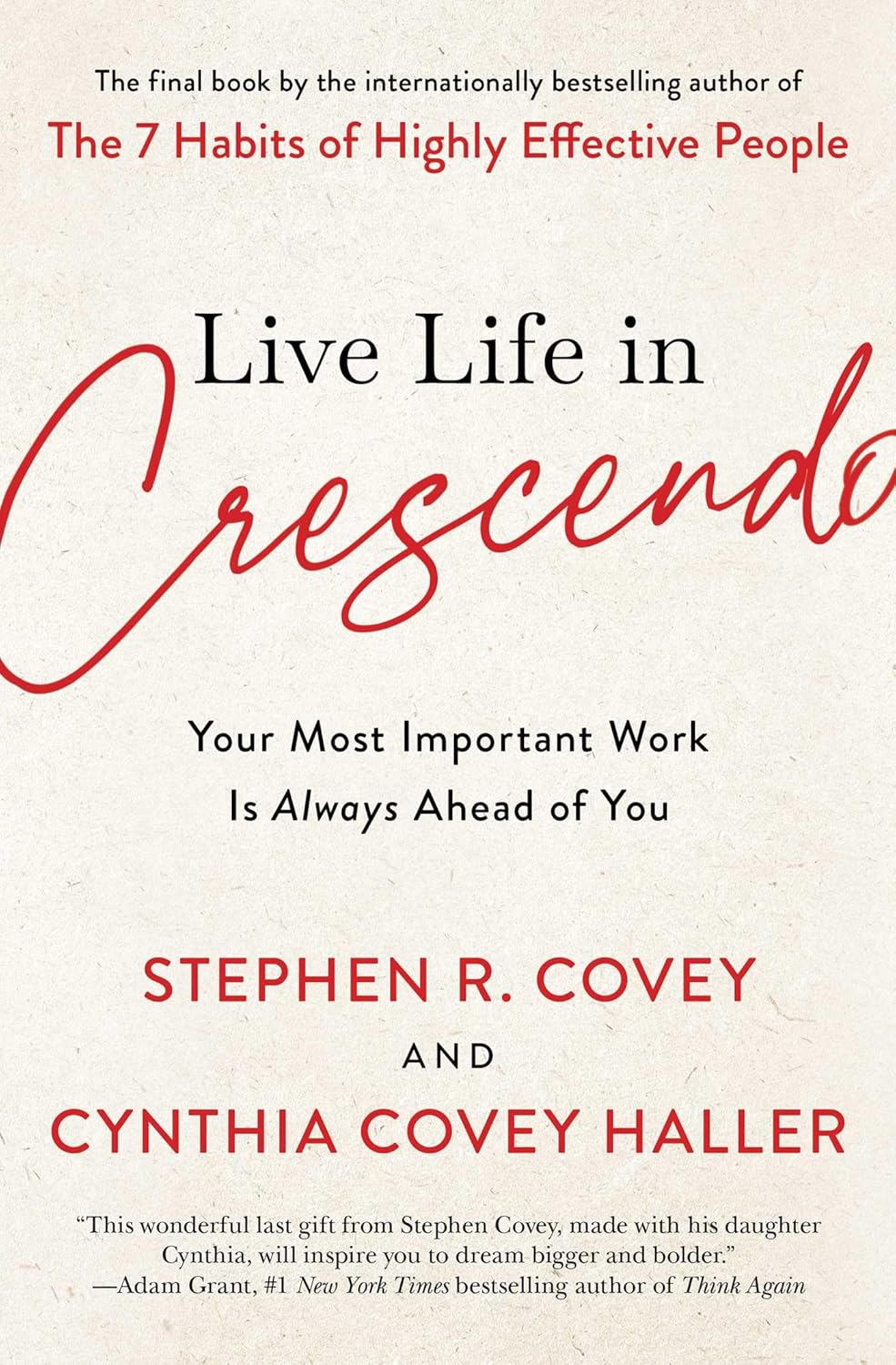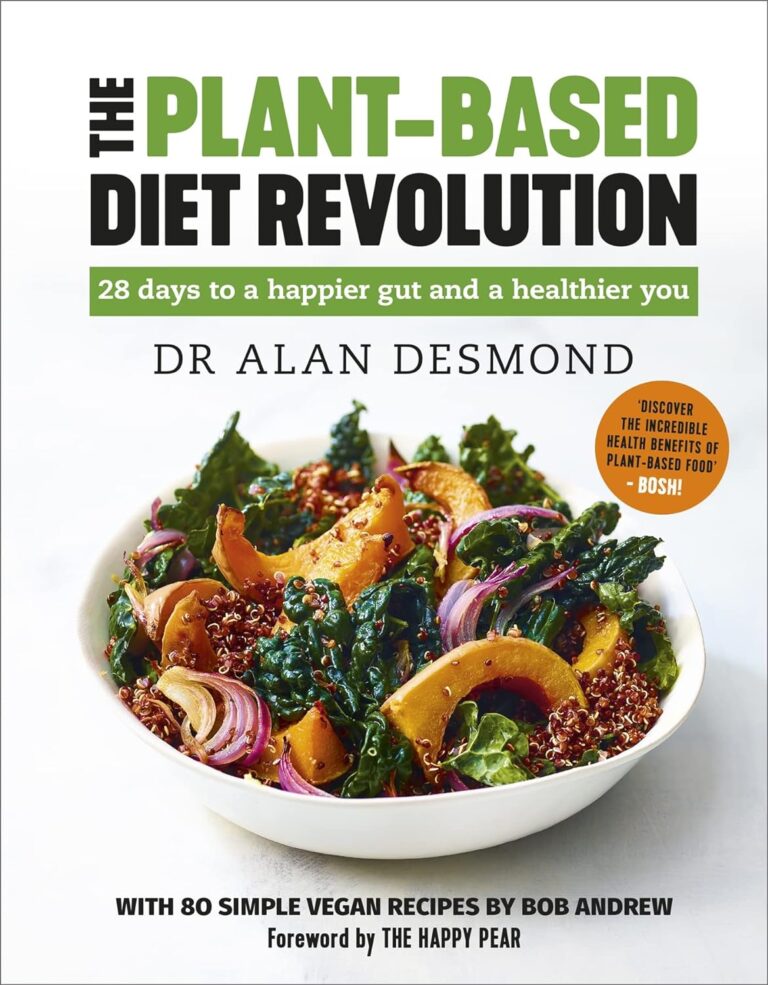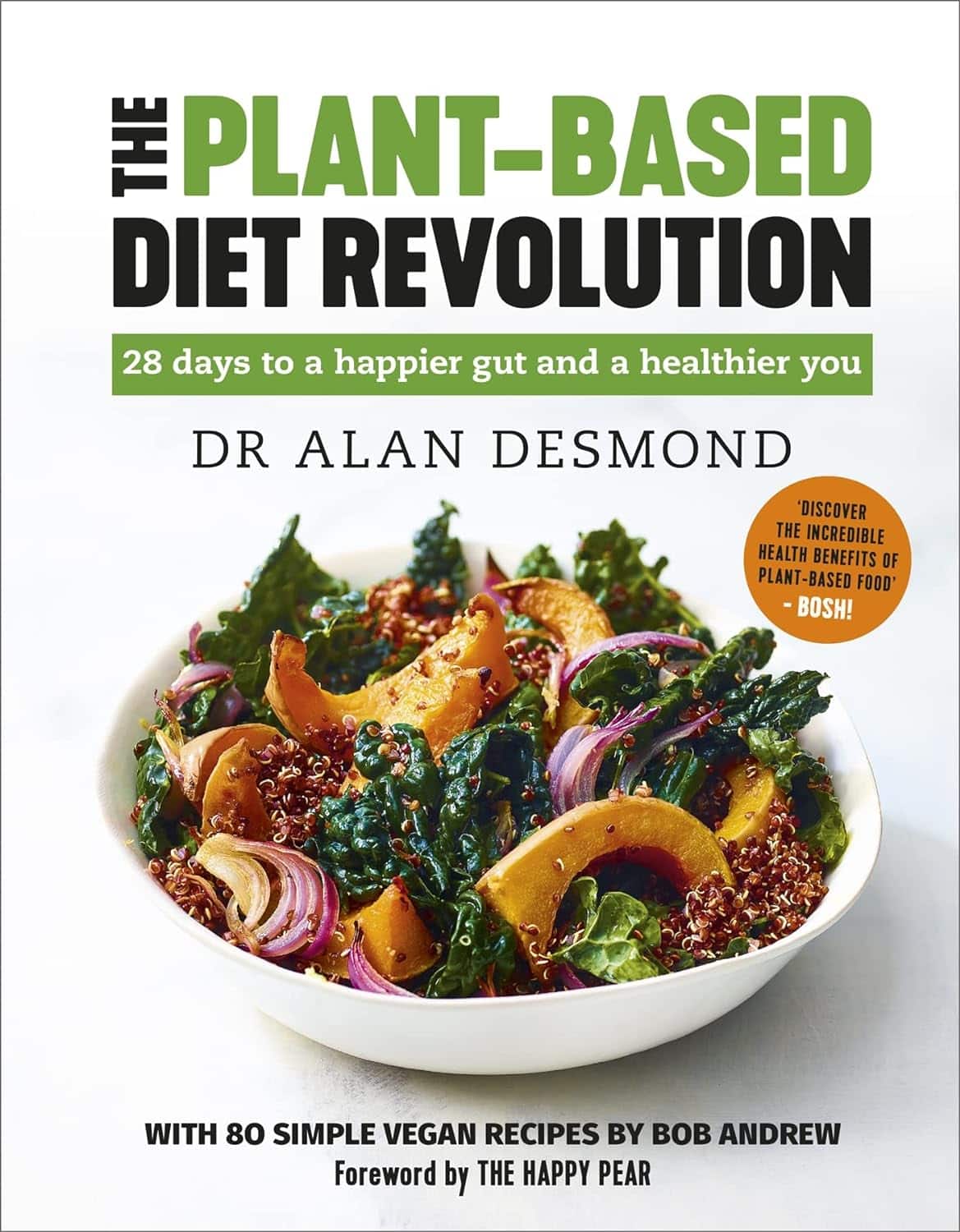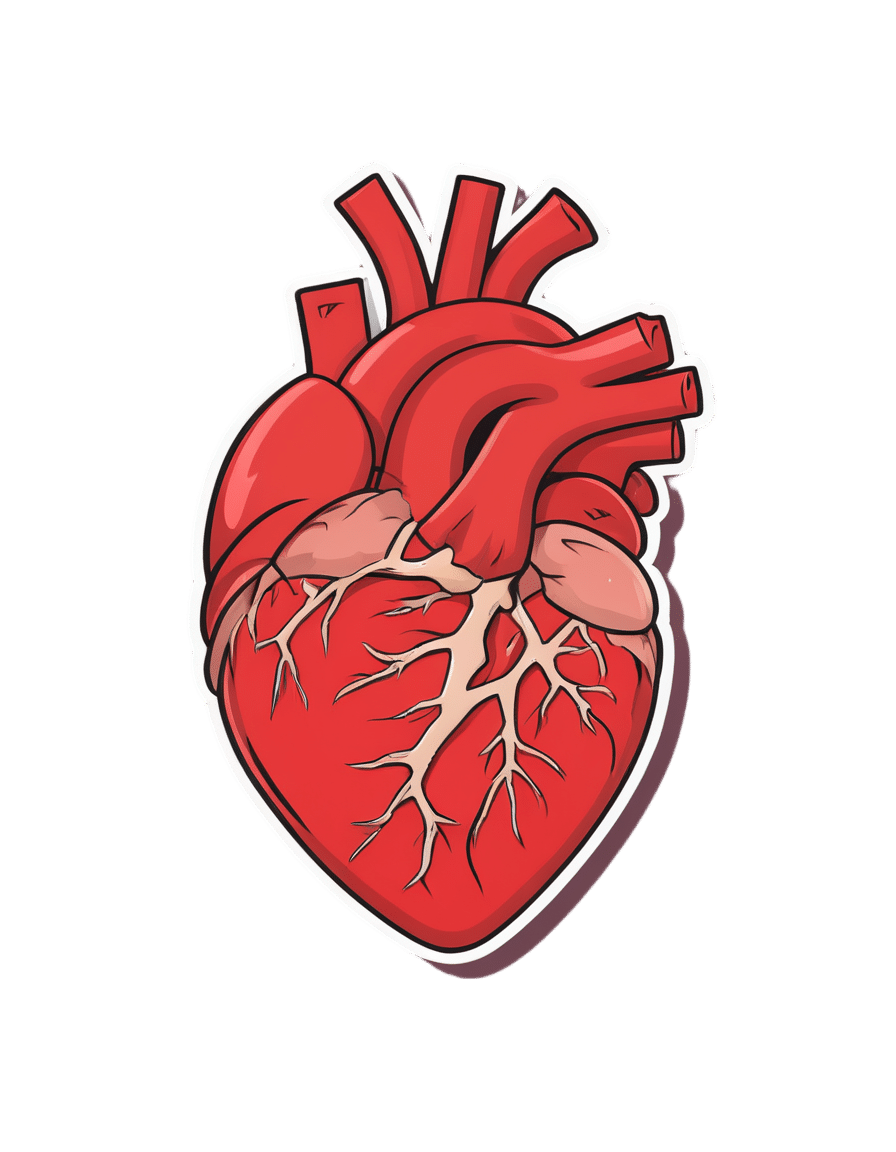
Live Life in Crescendo – by Stephen Covey and Cynthia Covey-Haller
10almonds is reader-supported. We may, at no cost to you, receive a portion of sales if you purchase a product through a link in this article.
Stephen Covey is of course best known for his “7 Habits of Highly Effective People“, while the dozen books he wrote afterwards, not including this one, did not get the same acclaim.
Not including this one, because this one was published posthumously and, notwithstanding the order of the names on the cover, in all likelihood his daughter wrote most of.
And yet! The very spirit of this book is in defiance of 7 Habits being his “early career” magnum opus. We say “early career”, because he was 57 already when that was published, but it was one of his earlier books.
In this work the authors lay out the case for how “your most important work is always ahead of you“, and that it is perfectly possible to “live life in crescendo“, and keep on giving whatever it is that we want to give to the world.
We also learn, mostly through storytelling, of how people are infinitely more important than things, and that it is there that we should put our investments. And that while adversity may not make us stronger, it just means we may need to change our approach, to continue to be productive in whatever way is meaningful to us.
Bottom line: if ever you wonder how your future could live up to your past (in a good way), this is the book to get you thinking.
Click here to check out Live Life in Crescendo, and figure out what your next great work will be!
Don’t Forget…
Did you arrive here from our newsletter? Don’t forget to return to the email to continue learning!
Recommended
Learn to Age Gracefully
Join the 98k+ American women taking control of their health & aging with our 100% free (and fun!) daily emails:
-
The Plant-Based Diet Revolution – by Dr. Alan Desomond
10almonds is reader-supported. We may, at no cost to you, receive a portion of sales if you purchase a product through a link in this article.
Is this just another gut-healthy cooking guide? Not entirely…
For a start, it’s not just about giving you a healthy gut; it also covers a healthy heart and a healthy brain. There’s lots of science in here!
It’s also aimed as a transitional guide to eating more plants and fewer animal products, if you so choose. And if you don’t so choose, at least having the flexibility to cook both ways.
The recipes themselves (organized into basics, breakfasts, lunches, mains, desserts) are clear and easy while also being calculated to please readers (and their families) who are used to eating more meat. There are, for instance, plenty of healthy proteins, healthy fats, and comfort foods.
The “28 days” of the title refers to a meal plan using the recipes from the book; it’s not a big feature of the book though, so use it or don’t, but the cooking advice itself is more than worth the price of the book and the recipes are certainly great.
Bottom line: if you’re thinking of taking a “Meatless Mondays” approach to making your diet healthier, this book can help you do that in style!
Click here to check out The Plant-Based Diet Revolution, and upgrade your culinary repertoire!
Share This Post
-
Grapefruit vs Lemon – Which is Healthier?
10almonds is reader-supported. We may, at no cost to you, receive a portion of sales if you purchase a product through a link in this article.
Our Verdict
When comparing grapefruit to lemon, we picked the lemon.
Why?
Grapefruit has its merits, but in the battle of the citrus fruits, lemons come out on top nutritionally:
In terms of macros, grapefruit has more carbs while lemons have more fiber. So, while both have a low glycemic index, lemon is still the winner by the numbers.
Looking at the vitamins, here we say grapefruit’s strengths: grapefruit has more of vitamins A, B2, B3, and choline, while lemon has more of vitamins B6 and C. So, a 4:2 win for grapefruit here.
In the category of minerals, lemons retake the lead: grapefruit has more zinc, while lemon has more calcium, copper, iron, manganese, and selenium.
One final consideration that’s not shown in the nutritional values, is that grapefruit contains high levels of furanocoumarin, which can inhibit cytochrome P-450 3A4 isoenzyme and P-glycoptrotein transporters in the intestine and liver—slowing down their drug metabolism capabilities, thus effectively increasing the bioavailability of many drugs manifold.
This may sound superficially like a good thing (improving bioavailability of things we want), but in practice it means that in the case of many drugs, if you take them with (or near in time to) grapefruit or grapefruit juice, then congratulations, you just took an overdose. This happens with a lot of meds for blood pressure, cholesterol (including statins), calcium channel-blockers, anti-depressants, benzo-family drugs, beta-blockers, and more. Oh, and Viagra, too. Which latter might sound funny, but remember, Viagra’s mechanism of action is blood pressure modulation, and that is not something you want to mess around with unduly. So, do check with your pharmacist to know if you’re on any meds that would be affected by grapefruit or grapefruit juice!
PS: the same substance is quite available in pummelos and sour oranges (but not meaningfully in sweet oranges); you can see a chart here showing the relative furanocoumarin contents of many citrus fruits, or lack thereof as the case may be, as it is for lemons and most limes)
Adding up the sections gives us a clear win for lemons, but by all means enjoy either or both; just watch out for that furanocoumarin content of grapefruit if you’re on any meds affected by such (again, do check with your pharmacist, as our list was far from exhaustive—and yes, this question is one that a pharmacist will answer more easily and accurately than a doctor will).
Want to learn more?
You might like to read:
Top 8 Fruits That Prevent & Kill Cancer ← citrus fruits in general make the list; they inhibit tumor growth and kill cancer cells; regular consumption is also associated with a lower cancer risk 🙂
Enjoy!
Share This Post
-
A new emergency procedure for cardiac arrests aims to save more lives – here’s how it works
10almonds is reader-supported. We may, at no cost to you, receive a portion of sales if you purchase a product through a link in this article.
As of January this year, Aotearoa New Zealand became just the second country (after Canada) to adopt a groundbreaking new procedure for patients experiencing cardiac arrest.
Known as “double sequential external defibrillation” (DSED), it will change initial emergency response strategies and potentially improve survival rates for some patients.
Surviving cardiac arrest hinges crucially on effective resuscitation. When the heart is working normally, electrical pulses travel through its muscular walls creating regular, co-ordinated contractions.
But if normal electrical rhythms are disrupted, heartbeats can become unco-ordinated and ineffective, or cease entirely, leading to cardiac arrest.
Defibrillation is a cornerstone resuscitation method. It gives the heart a powerful electric shock to terminate the abnormal electrical activity. This allows the heart to re-establish its regular rhythm.
Its success hinges on the underlying dysfunctional heart rhythm and the proper positioning of the defibrillation pads that deliver the shock. The new procedure will provide a second option when standard positioning is not effective.
Using two defibrillators
During standard defibrillation, one pad is placed on the right side of the chest just below the collarbone. A second pad is placed below the left armpit. Shocks are given every two minutes.
Early defibrillation can dramatically improve the likelihood of surviving a cardiac arrest. However, around 20% of patients whose cardiac arrest is caused by “ventricular fibrillation” or “pulseless ventricular tachycardia” do not respond to the standard defibrillation approach. Both conditions are characterised by abnormal activity in the heart ventricles.
DSED is a novel method that provides rapid sequential shocks to the heart using two defibrillators. The pads are attached in two different locations: one on the front and side of the chest, the other on the front and back.
A single operator activates the defibrillators in sequence, with one hand moving from the first to the second. According to a recent randomised trial in Canada, this approach could more than double the chances of survival for patients with ventricular fibrillation or pulseless ventricular tachycardia who are not responding to standard shocks.
The second shock is thought to improve the chances of eliminating persistent abnormal electrical activity. It delivers more total energy to the heart, travelling along a different pathway closer to the heart’s left ventricle.
Evidence of success
New Zealand ambulance data from 2020 to 2023 identified about 1,390 people who could potentially benefit from novel defibrillation methods. This group has a current survival rate of only 14%.
Recognising the potential for DSED to dramatically improve survival for these patients, the National Ambulance Sector Clinical Working Group updated the clinical procedures and guidelines for emergency medical services personnel.
The guidelines now specify that if ventricular fibrillation or pulseless ventricular tachycardia persist after two shocks with standard defibrillation, the DSED method should be administered. Two defibrillators need to be available, and staff must be trained in the new approach.
Though the existing evidence for DSED is compelling, until recently it was based on theory and a small number of potentially biased observational studies. The Canadian trial was the first to directly compare DSED to standard treatment.
From a total of 261 patients, 30.4% treated with this strategy survived, compared to 13.3% when standard resuscitation protocols were followed.
The design of the trial minimised the risk of other factors confounding results. It provides confidence that survival improvements were due to the defibrillation approach and not regional differences in resources and training.
The study also corroborates and builds on existing theoretical and clinical scientific evidence. As the trial was stopped early due to the COVID-19 pandemic, however, the researchers could recruit fewer than half of the numbers planned for the study.
Despite these and other limitations, the international group of experts that advises on best practice for resuscitation updated its recommendations in 2023 in response to the trial results. It suggested (with caution) that emergency medical services consider DSED for patients with ventricular fibrillation or pulseless ventricular tachycardia who are not responding to standard treatment.
Training and implementation
Although the evidence is still emerging, implementation of DSED by emergency services in New Zealand has implications beyond the care of patients nationally. It is also a key step in advancing knowledge about optimal resuscitation strategies globally.
There are always concerns when translating an intervention from a controlled research environment to the relative disorder of the real world. But the balance of evidence was carefully considered before making the decision to change procedures for a group of patients who have a low likelihood of survival with current treatment.
Before using DSED, emergency medical personnel undergo mandatory education, simulation and training. Implementation is closely monitored to determine its impact.
Hospitals and emergency departments have been informed of the protocol changes and been given opportunities to ask questions and give feedback. As part of the implementation, the St John ambulance service will perform case reviews in addition to wider monitoring to ensure patient safety is prioritised.
Ultimately, those involved are optimistic this change to cardiac arrest management in New Zealand will have a positive impact on survival for affected patients.
Vinuli Withanarachchie, PhD candidate, College of Health, Massey University; Bridget Dicker, Associate Professor of Paramedicine, Auckland University of Technology, and Sarah Maessen, Research Associate, Auckland University of Technology
This article is republished from The Conversation under a Creative Commons license. Read the original article.
Share This Post
Related Posts
-
Are Fruit & Vegetable Extract Supplements Worth It?
10almonds is reader-supported. We may, at no cost to you, receive a portion of sales if you purchase a product through a link in this article.
At 10almonds we are always extolling the virtues of fruits and vegetables, but how much do those benefits still exist when we’re looking at a fruit and vegetable extract supplement?
We examined one aspect of this previously, here;
Mediterranean Diet… In A Pill?
This looked at getting the anti-inflammatory benefits of the Mediterranean diet, in supplement form, by providing extracts of 16 key plant extracts—which also provides an excellent shopping list, by the way, if you just want to skip the supplements and buy those plants; if nine top scientists (anti-aging specialists, neurobiologists, pharmacologists, and at least one professor of applied statistics) came to the conclusion that to get the absolute most bang-for-buck possible, those are the plants to get the phytochemicals from, then we’re not going to ignore that!
And yes, the short answer was “it does very significantly improve anti-inflammatory markers”, by the way.
But when it comes to benefits from polyphenols, anti-inflammatory powers are very much “low-hanging fruit”, so to speak. It’s the “fork found in kitchen” level of shocking revelation. It’s what polyphenols are best at (tied with antioxidant powers, which directly mediate their anti-inflammatory powers).
So, what about something more challenging, like brain benefits?
Underrated Brain Boosters
A European research team (Dr. Begoña Cerdá et al.) looked at the effects of polyphenol-rich nutraceuticals (plant extracts) on cognitive function and neuroprotection biomarkers.
It was a randomized, crossover, double-blind, sex-stratified, placebo-controlled clinical trial that had people take the supplement or a placebo for 16 weeks, have a 4-week washout phase (to minimize leftover effects contaminating the data) and then switching groups (still blinded to the placebo control) for 16 weeks.
They tested cognitive function and neuroprotection biomarkers in various ways before and after each of the testing phases (so, four testing sessions in total per person: before and after the supplement + before and after the placebo).
The results:
❝The results suggested that participants who consumed the polyphenol-rich nutraceutical demonstrated significant improvements in cognitive performance compared to the placebo group.
The Stroop Test scores indicated enhanced attention and inhibitory control, while RIST results suggested improvements in logical reasoning and memory. The Trail Making Test also revealed increased cognitive flexibility, highlighting the supplement’s potential to boost overall mental agility.
Furthermore, the ELISA results showed a notable increase in BDNF and CREB levels among participants who took the active supplement. BDNF is a protein that is essential for neuronal growth and survival, and its levels were significantly elevated, reinforcing its role in synaptic plasticity and long-term memory formation.
Additionally, CREB, a transcription factor involved in learning processes, also showed increased levels, supporting its function in cognitive enhancement.
Importantly, the correlation between improved test scores and higher biomarker levels suggested that polyphenols may directly influence brain function rather than merely offering general health benefits.
While the study focused on healthy adults, the findings also raised questions about whether similar interventions could benefit populations at risk for cognitive decline, including older adults and individuals with neurodegenerative conditions.❞
Key to abbreviations:
- RIST = Reynolds Intellectual Screening Test
- ELISA = Enzyme-Linked ImmunoSorbent Assays
- BDNF = Brain-Derived Neurotrophic Factor
- CREB = cAMP-Response Element Binding Protein
- cAMP = Cyclic Adenosine MonoPhosphate
Source: Daily fruit and vegetable extracts may boost brain power ← we quoted a pop-sci article for the above summary, for easier readability while still having the critical conclusions in one place
For those who do want to dive into the actual data and a lot more detail about the study methodology (which is well worth reading if you have the time, as it’s very good), here is the actual study:
If nothing else, be aware that the usual benchmark for statistical significance is p < 0.05, whereas the results in this study ranged from p < 0.01 to p < 0.001, in other words, ranging from 5x more significant than is required to be called “significant”, to 50x more significant than is required to be called “significant”.
In fewer words: impressively significant
In lay terms: the scientists are about as sure as scientists ever get about anything, that this supplement produces significant results
What was the supplement they tested?
Good news! It was…
- a commercially available supplement (JuicePlus), which is convenient, because it means we (and you, dear reader) can get it if we so choose
- not paid for by JuicePlus or anyone associated with them (indeed, the funding declaration on the study is “This research received no external funding”), so not subject to any conflict of interest that might introduce bias into the study
As for why they chose that one:
❝A unique aspect of the polyphenol-rich nutraceutical evaluated in this study lies in its composition, which integrates a blend of fruit, vegetable, and berry juice powders.
This product, Juice Plus+ Premium®, contains over 119 distinct polyphenolic compounds, including flavanols, anthocyanins, and flavones, as demonstrated in prior compositional analyses.
Compared to other polyphenol-based interventions, this nutraceutical stands out due to its comprehensive formulation, combining a wide range of bioactive compounds with complementary antioxidant and neuroprotective effects.
These characteristics ensure a more diverse interaction with neurobiological pathways, including those related to oxidative stress mitigation, synaptic plasticity, and cognitive function❞
Source: Ibid. (it’s in the introduction)
Want to try some?
We don’t sell it, but for your convenience, here’s where to get JuicePlus supplements Amazon 😎
Enjoy!
Don’t Forget…
Did you arrive here from our newsletter? Don’t forget to return to the email to continue learning!
Learn to Age Gracefully
Join the 98k+ American women taking control of their health & aging with our 100% free (and fun!) daily emails:
-
12 Most Powerful Supplements and Foods to Increase Energy & Slow Down Aging
10almonds is reader-supported. We may, at no cost to you, receive a portion of sales if you purchase a product through a link in this article.
If you see the energy that this health coach has and would like some of that, here are the top 10 supplements she recommends—most being available from food, which she discusses too:
The Other “Daily Dozen”
We’ve written about most of these before, so those we have, we’ve added links for your convenience!
- Coenzyme Q10 (CoQ10): can be supplemented, usually from yeast, or consumed by eating other animals, in particular organ meats.
- PQQ (Pyrroloquinoline Quinone): promotes new mitochondria, found in spinach, parsley, carrots, tomatoes, green tea.
- Creatine: enhances energy, muscle recovery, brain health.
- Spirulina: anti-inflammatory, detoxifying, improves exercise performance.
- Anti-Factor Phospholipids: helps repair mitochondrial membranes.
- Nitrates: found in leafy greens and beets; boosts circulation and endurance.
- Curcumin (from Turmeric): reduces inflammation and supports brain health.
- Astaxanthin: found in seafood (from algae upwards), fights inflammation, protects skin.
- Medicinal Mushrooms (e.g. chaga, cordyceps, reishi, lion’s mane, etc—not psilocybin and friends!): boosts energy, immune function.
- Panax Ginseng: reduces oxidative stress and fatigue.
- NAD+ & B3 (Niacin): supports cellular energy and metabolism.
- Yerba Mate Tea: increases dopamine and boosts energy naturally.
For more on all of these plus a pointer with regard to making use of hydroponics to grow your own (she sells a kit), enjoy:
Click Here If The Embedded Video Doesn’t Load Automatically!
Want to learn more?
You might also like to read:
Take care!
Don’t Forget…
Did you arrive here from our newsletter? Don’t forget to return to the email to continue learning!
Learn to Age Gracefully
Join the 98k+ American women taking control of their health & aging with our 100% free (and fun!) daily emails:
-
Fruit, Fiber, & Leafy Greens… On A Low-FODMAP Diet!
10almonds is reader-supported. We may, at no cost to you, receive a portion of sales if you purchase a product through a link in this article.
Fiber For FODMAP-Avoiders
First, let’s quickly cover: what are FODMAPs?
FODMAPs are fermentable oligosaccharides, disaccharides, monosaccharides, and polyols.
In plainer English: they’re carbohydrates that are resistant to digestion.
This is, for most people most of the time, a good thing, for example:
When Is A Fiber Not A Fiber? When It’s A Resistant Starch.
Not for everyone…
However, if you have inflammatory bowel syndrome (IBS), including ulcerative colitis, Crohn’s disease, or similar, then suddenly a lot of common dietary advice gets flipped on its head:
While digestion-resistant carbohydrates making it to the end parts of our digestive tract are good for our bacteria there, in the case of people with IBS or similar, it can be a bit too good for our bacteria there.
Which can mean gas (a natural by-product of bacterial respiration) accumulation, discomfort, water retention (as the pseudo-fiber draws water in and keeps it), and other related symptoms, causing discomfort, and potentially disease such as diarrhea.
Again: for most people this is not so (usually: quite the opposite; resistant starches improve things down there), but for those for whom it’s a thing, it’s a Big Bad Thing™.
Hold the veg? Hold your horses.
A common knee-jerk reaction is “I will avoid fruit and veg, then”.
Superficially, this can work, as many fruit & veg are high in FODMAPs (as are fermented dairy products, by the way).
However, a diet free from fruit and veg is not going to be healthy in any sustainable fashion.
There are, however, options for low-FODMAP fruit & veg, such as:
Fruits: bananas (if not overripe), kiwi, grapefruit, lemons, limes, melons, oranges, passionfruit, strawberries
Vegetables: alfalfa, bell peppers, bok choy, carrots, celery, cucumbers, eggplant, green beans, kale, lettuce, olives, parsnips, potatoes (and sweet potatoes, yams etc), radishes, spinach, squash, tomatoes*, turnips, zucchini
*our stance: botanically it’s a fruit, but culinarily it’s a vegetable.
For more on the science of this, check out:
Strategies for Producing Low FODMAPs Foodstuffs: Challenges and Perspectives ← table 2 is particularly informative when it comes to the above examples, and table 3 will advise about…
Bonus
Grains: oats, quinoa, rice, tapioca
…and wheat if the conditions in table 3 (linked above) are satisfied
(worth mentioning since grains also get a bad press when it comes to IBS, but that’s mostly because of wheat)
See also: Gluten: What’s The Truth?
Enjoy!
Don’t Forget…
Did you arrive here from our newsletter? Don’t forget to return to the email to continue learning!
Learn to Age Gracefully
Join the 98k+ American women taking control of their health & aging with our 100% free (and fun!) daily emails:







